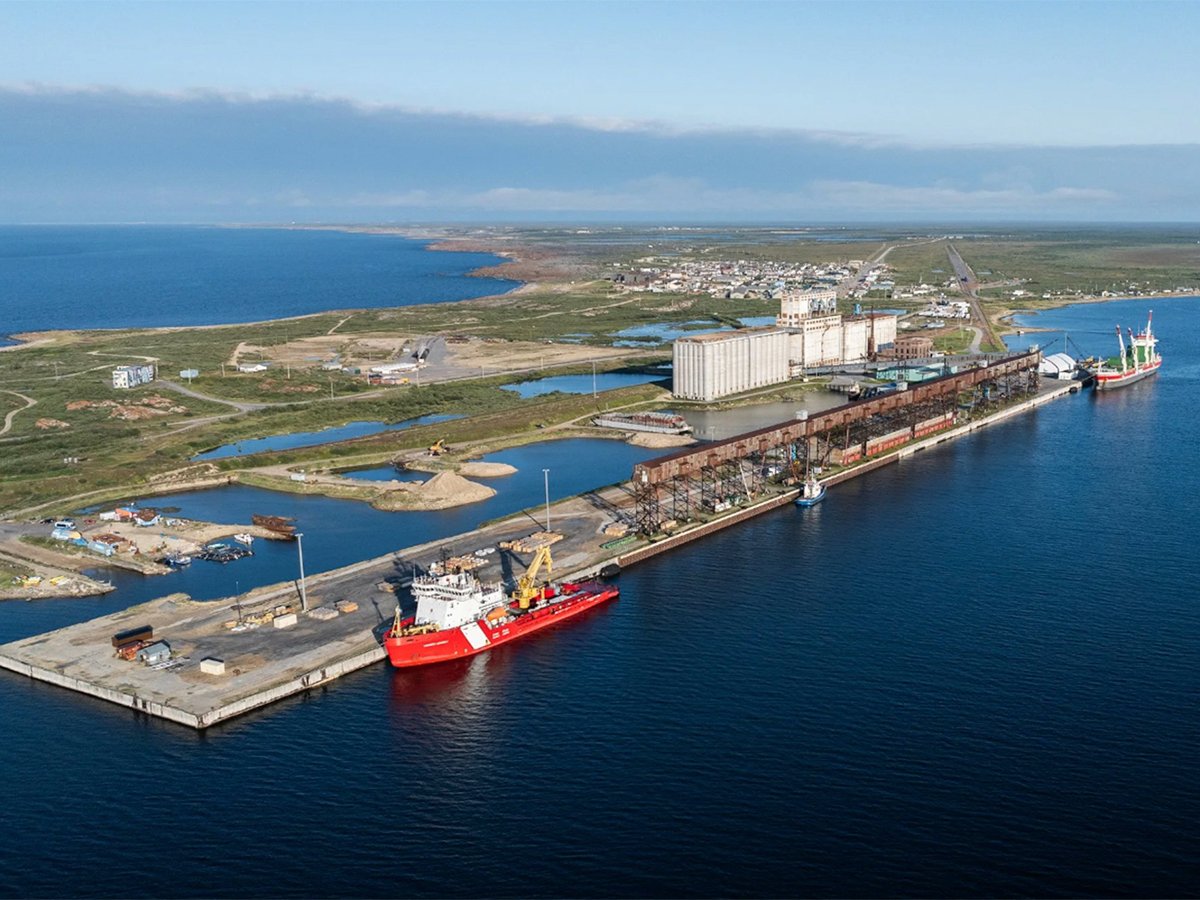Sinclair Harrison’s spirit is likely rejoicing as the Port of Churchill and the Hudson Bay Route are in the spotlight as never before. Harrison, one of the most influential Canadian agricultural and rural leaders of his generation, passed away recently and is being fondly remembered for his many contributions.
One of those roles was chair of the Hudson Bay Route Association, which lobbied endlessly on behalf of Churchill and its rail link.
Those efforts prevented the port from falling into obscurity and set the ground work for welcome improvements in recent years
Read Also

Pakistan reopens its doors to Canadian canola
Pakistan reopens its doors to Canadian canola after a three-year hiatus.
But suddenly this transportation link captured the national spotlight as Prime Minister Mark Carney identified it as a strong contender for major federal funding for expansion.
The Carney government is identifying nation building, critical infrastructure to fast track to diversify the economy, increase Canadian productivity and lessen the country’s reliance on the United States market.
The stars align for Churchill as its assets fit into hopes for a northern corridor linking provinces, energy resources, critical metal and mineral extraction and agriculture for east-west trade and global exports, all while making possible indigenous leadership and participation.
It would unlock the dream, held by some on the Prairies since the beginning of the 20th century, to end the region’s land-locked status with its own northern coast gateway to the world.
It is a potential game changer. As noted in a recent Western Producer story, “Year-round port proposed for Hudson Bay,” if you could export potash through Churchill instead of Vancouver, you’d save 630 kilometres of rail and 3,800 kilometres of ocean shipping.
But a Hudson Bay port has long had to overcome the challenges of a rail line that traverses uncertain permafrost and a sea link that even with a warming planet, must contend with sea ice for much of the year.
These challenges might be overcome, but it is costly and uncertain.
Since Arctic Gateway Group, an ownership partnership of 41 indigenous and bayside communities, took over the system, much of the rail line has been rebuilt after the disastrous 2017 flood. The group invested in new technology to maintain the line, built infrastructure at the port and signed agreements with proponents of shipping critical minerals and fertilizer through the port.
This summer it teamed with FedNav Ltd., a firm with a fleet of vessels, including ice breakers, operating in the Great Lakes and Northern Canada with decades of experience in northern shipping, to explore ways to allow the port’s year round operation.
But an opinion piece by Heather Exner-Pirot of the Macdonald-Laurier Institute think tank, “Northern corridors: Hype or hope?” questions the economic sustainability of a Hudson Bay port.
Many say that climate change and a warming Arctic will make polar shipping feasible, but Exner-Pirot argues that it makes operating in sea ice more difficult, causes the permafrost to melt and shortens the ice road season.
She noted that since 2018, Ottawa has spent $415.4 million supporting the port and Manitoba contributed $139.4 million, but it still struggles to attract much business.
Exner-Pirot argues that Canada could get a bigger bang for its buck investing in transport corridors linked to existing year-round ports.
It will be valuable to seriously explore the opportunities of a major Hudson Bay port, but we also must not ignore bottlenecks that reduce the effectiveness of existing ports.
For example, Daryl Fransoo of the Wheat Growers Association raises the need to plan for the replacement of Vancouver’s Second Narrows rail bridge.
The latest crossing completed in 1969 is a Canadian National Railway lift bridge linking the main rail lines on the south side of Burrard Inlet to the loading infrastructure on the north shore, including grain terminals owned by G3, Cargill and Richardson. A third of all tonnage the port handles must cross this bridge.
But it was not built for today’s longer and heavier trains. Also, several times a day the centre span lifts to allow ships to sail under, stopping rail traffic.
CN and the port authority recently worked closely to invest in vessel traffic management and scheduling to to allow more efficient movement on the bridge.
Also, CN invested in an associated tunnel and built 19,000-feet of track siding to have trains positioned to quickly cross the bridge when it is available.
However it can’t be ignored that the bridge is an aging single track not built to modern seismic standards, a key danger in a region that is prone to earthquakes.
As Fransoo wrote, “Replacing the bridge with a modern, double-tracked structure is not just a matter of convenience, it’s an economic imperative.”















